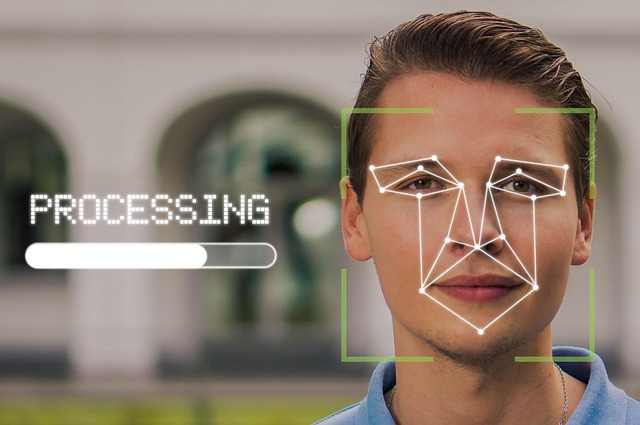
Enhancing Database Security: IT Strategies for Access Control in Information Technology
Enhancing Database Security: IT Strategies for Access Control in Information Technology
In today’s information-driven landscape, securing databases is of paramount importance. Access control is a crucial aspect of database security, ensuring that sensitive information remains protected from unauthorized users. As technology evolves, so do the threats that target our data. Thus, implementing robust access control strategies in IT becomes an indispensable component of safeguarding our assets.
Access control serves as the gatekeeper of your database, determining who can view, modify, or delete data. A well-defined access control policy allows organizations to manage their information security effectively while empowering authorized personnel to perform their duties. This delicate balance between accessibility and security is the cornerstone of any effective information technology strategy.
To enhance database security, IT specialists can employ a variety of access control methods. Role-Based Access Control (RBAC) is one of the most popular approaches, assigning permissions based on the user’s role within the organization. By categorizing users into roles, such as admin, analyst, or viewer, organizations can ensure that individuals access only the data necessary for their responsibilities, thus minimizing the risk of data breaches.
Another vital strategy in access control is the principle of least privilege. This governance model dictates that users should be granted the minimum level of access needed to perform their job functions. In practice, this means closely monitoring user permissions and regularly reviewing access levels. As workforce dynamics change, implementing the principle of least privilege ensures that even former employees or contractors do not retain access to sensitive data, thwarting potential security threats.
Incorporating Multi-Factor Authentication (MFA) into access control protocols further enhances security measures. MFA requires users to provide multiple forms of verification before granting access, significantly reducing the chances of unauthorized entry even if login credentials are compromised. This added layer of protection fosters a secure environment where sensitive data thrives, bolstering overall organizational trust in the technology that underlines their operations.
Moreover, regular audits of access logs and user behavior are instrumental in identifying possible vulnerabilities within your database. By analyzing unusual access patterns, organizations can swiftly detect and respond to potential security incidents. This proactive approach not only fortifies the current access control framework but also cultivates a culture of security awareness among employees, emphasizing the shared responsibility of protecting organizational data.
In the realm of IT, keeping abreast of evolving technologies and methodologies related to access control is crucial. Embracing advancements such as Artificial Intelligence can significantly improve access management. AI algorithms can quickly assess user behavior and detect anomalies, alerting administrators to potential threats before they escalate into serious breaches. By leveraging these technologies, organizations can stay one step ahead of potential security risks.
Ultimately, the alignment of access control strategies with the broader goals of informational technology can reap transformative benefits. As organizations continue to rely on data for decision-making and growth, the importance of fortified access control cannot be overstated. The implementation of comprehensive access control measures signifies not just a commitment to compliance but also a dedication to building trust with customers, partners, and stakeholders.
In summary, enhancing database security through effective access control strategies in information technology is essential for safeguarding sensitive data. Organizations equipped with the right strategies can foster a secure environment conducive to innovation while mitigating the risks associated with data breaches and unauthorized access.



